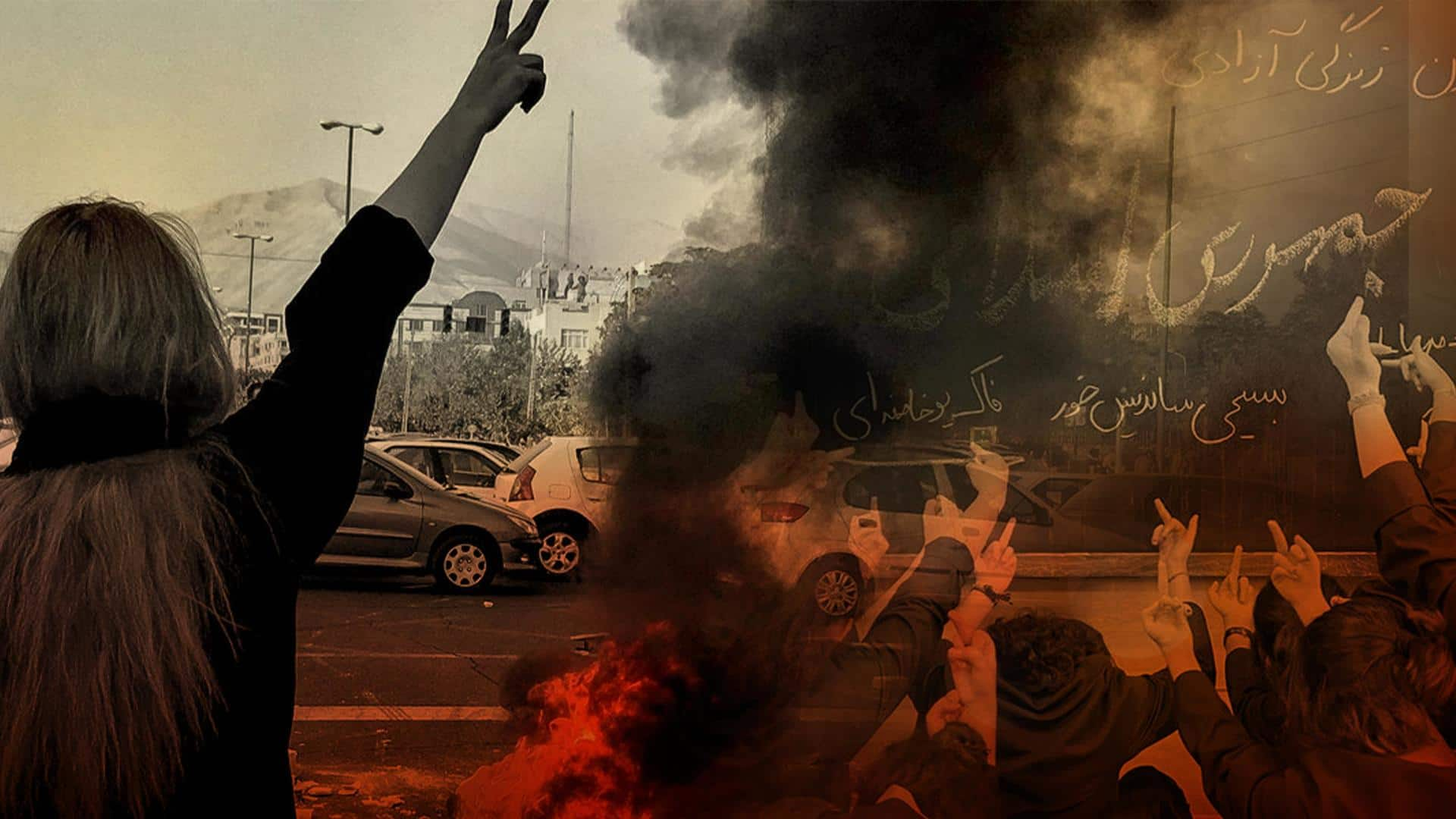
Iran: Schoolgirls fall sick; poisoning by extremist groups suspected
What's the story
Iran is facing a new challenge as hundreds of schoolgirls in a dozen cities have been hospitalized due to an "unexplained illness." Some reports, citing politicians, claimed they might have been deliberately poisoned with chemicals by hardline Islamist groups opposed to girls' education. Iranian President Ebrahim Raisi directed the Interior Ministry to investigate the matter, calling it "the enemy's conspiracy to create fear."
Context
Why does this story matter?
The cases of poisonings have come more than five months after country-wide protests erupted in Iran against the death of a young Iranian-Kurdish woman, Mahsa Amini (22), in custody. While some politicians blamed hardline groups for the chemical attack, some activists even suspect the Iranian government of poisoning the girls in retaliation for their involvement in the anti-government and anti-hijab rallies following Amini's death.
Details
Unexplained illness among girl students reported since November
According to Bloomberg, hundreds of schoolgirls have been hospitalized across Iran, and "unexplained illnesses" in such schoolgirls have been observed since November last year. It said at least 300 girls in over a dozen cities had been treated for various symptoms of unknown origin. Meanwhile, some politicians have suggested the girls could have been targeted by "hardline Islamist groups" opposed to girls' education.
Attack
Motive appeared to prevent girls from attending schools: Official
The Iranian Parliament's head of the education committee, Alireza Monadi, said that the schools had been deliberately attacked, per The New York Times. He even said the Health Ministry had identified the toxins in schools as nitrogen gas. Monadi said the motive appeared to be to prevent girls from attending schools. He also raised alarm about the potential infiltration of "Islamic extremist groups."
Protest
Parents protest against poisoning attack
Meanwhile, many people, particularly the girls' parents, protested the alleged poison attacks in Tehran and other cities. Local media stated that around 120 girls were treated for nausea, exhaustion, and dizziness in Hamedan and Kabudarahang provinces. Poisonings in girls' schools have also been recorded in five cities around Tehran, including Eslamshahr, Shahriar, and Robat Karim.
Investigation
Suspicious samples under investigation, result will be published soon: Government
Interior Minister Ahmad Vahidi stated on Saturday that investigators collected "suspicious samples" that were being analyzed, according to Reuters. "In field studies, suspicious samples have been found, which are being investigated...to identify the causes of the students' illness, and the results will be published as soon as possible," former minister Abdolreza Rahmani Fazli said in a statement, per new agency IRNA.
UN
UN calls for transparent investigation; Germany & US voice concern
Further, the United Nations Human Rights Office in Geneva sought a transparent inquiry into the suspected chemical attack on Friday. Germany and the United States have also expressed their worry over the situation. Iran, on the other hand, has condemned what it sees as foreign involvement and "hasty reactions" and has stated that it is studying the reasons for the illnesses.
Agitation
Details about Iran's anti-hijab protests
The anti-hijab protests in Iran gained considerable momentum across the nation after the death of Amini in the morality police's custody. After this, women carried out iconic protests by burning or removing their hijabs and cutting their hair. This protest is also seen by women across the globe as an exhibition of resilience and had gathered a lot of media buzz.